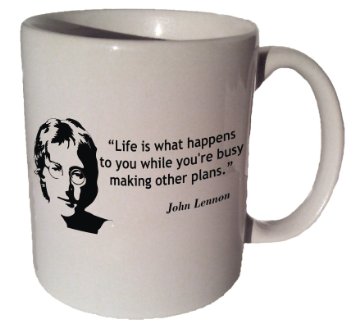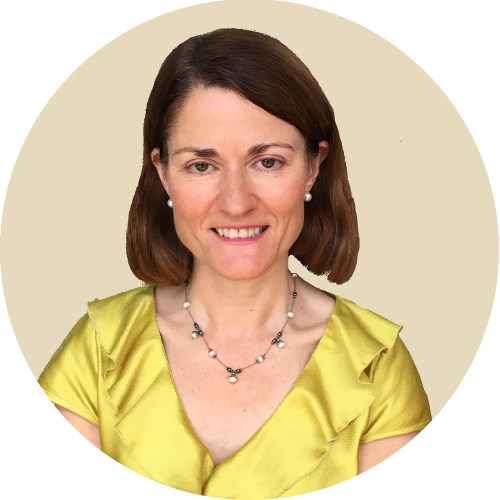Author: Charlotte Francis
Introducing our newest staff member Charlotte, our Grants Strategist on the ground in Victoria.
How do you engage donors and funders with your cause? What makes a high-net-worth individual or a board of trustees decide to fund your charity and project over another?
Let’s say you got a really strong project and you’ve demonstrated the need with research-based evidence. You’ve described elegantly and succinctly what you will do and how you will do it, and how the initiative aligns with your mission. What’s more, you’ve shown what the outcomes will be – in other words what changes will come about as a result of your project – and how you will measure these changes in terms of numbers of direct and wider community beneficiaries.
So far, so good.
But have you positioned your ‘ask’ or your case for support in such a way that it connects with the funder’s own strategic priorities and mission? Or have you defaulted to describing your project, because you know it so well and live and breathe it,in the familiar way without highlighting how it intersects with the funder’s philanthropic goals?
This is what Joe Golding, CEO of US training firm Advancement Resources, refers to as the magic: “When a donor’s life story and life-changing experience directly connects to the philanthropic priority of the organisation…What we look for are the passions that match your (the charity’s) priorities and bringing those two together is where the magic lies.”
Joe Golding was talking mainly about individual major donors, but he could equally well have been referring to the trustees of a charitable foundation. As grant-writers we need to find – or rather create – the magic of connection, as we highlight those elements of our project that directly align with the priorities of the funder.
If on checking a funder’s guidelines –an oh-so important step in your grant planning and preparation –you see that their goal is to improve social cohesion, address inequity in healthcare, protect native wildlife or give young people a voice, you need to illustrate those aspects of your project clearly and concisely, echoing the funder’s own language so that he or she can see, at a glance, how your project matches their focus areas and helps them achieve their vision as well as yours.
So how do we do this? Clearly, relationship building is an important part of the process. We always recommend picking up the phone first and making contact with the funder before starting on an application.
But once we start to put pen to paper, it’s about finding the right balance between the warm and fuzzy elements and the hard-hitting facts and figures. Think research backed up by documented sources meets heart-tugging case study. But sometimes sitting staring at our screens, we get writers’ block and the words refuse to come.

{loadposition blogsocialshare}

